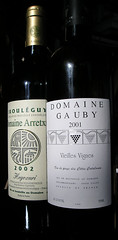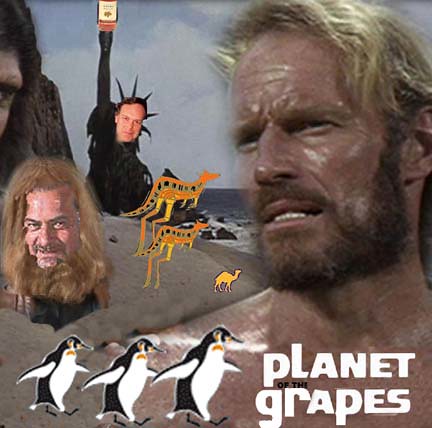
White On Meat Can be Neat
What to drink with Steak Tartare
I love raw things. From seafood to carrots to beef, if I can get it raw I’ll order it. And perhaps my favorite of favorites is the classic French bistro fare steak tartare. I like it spicy, fries and mayo, with a side of cornichons and Dijon mustard. As I usually eat it for lunch, perhaps that is the factor that has led me to look outside of the box for an appropriate wine accompaniment. Afternoon drinking is best with light fruity reds and even more so, white wine. But to drink a white wine with steak tartare? My googling produced a long list of choices of reds, from Cahors to Australian Cabs to my preferred Beaujolais Cru. But not a single white.
I have tried bigger reds with tartare but I found the French (Cahors, Bordeaux) too tannic for the leanness of the beef while the New World’s tended to be too powerful in the flavor department. If I do go red, a slightly chilled Fleurie from Yvon Metras works well, though I found the fruitiness a touch out of place, almost gratuitous.
Great tartare is rich, spicy but subdued. Big, well aged southern whites combine richness with freshness, and display certain fruit overtures (mostly browning apples, figs and the such), that tend towards a spiciness that seems to add more to the plate than the fruitiness of the red. This is not duck, or wild meat, whose powerful flavors invite sharp fruit contrasts. Tartare is soft and rich, a wonderful forum for the oxidative notes and spice of Grenache Blanc, Rousanne and the rest of their southern brethren. So for a walk outside the box, here are a couple of tried and true whites (especially the next time at L’Express).
And don’t drink them too cold!
Vin de Pays de L’Hearault 1998, Les Vignes Oubliées, Olivier Julien
Irouléguy 2001, Hegoxuri, Domaine Arretxea
Vin de Pays des Côtes Catalanes, Vieilles Vignes, Domaine Gauby
Côtes du Rhone 2003, Cuvée Guy Louis, Tardieu Laurent


